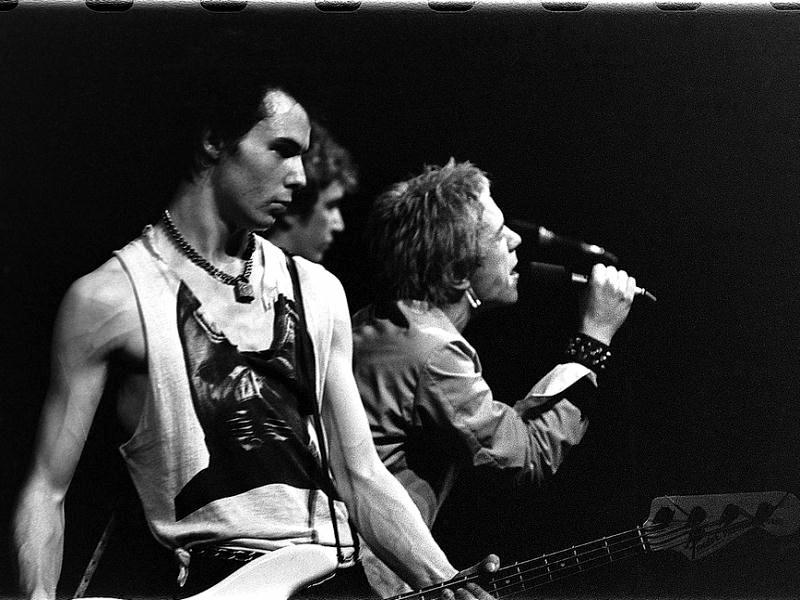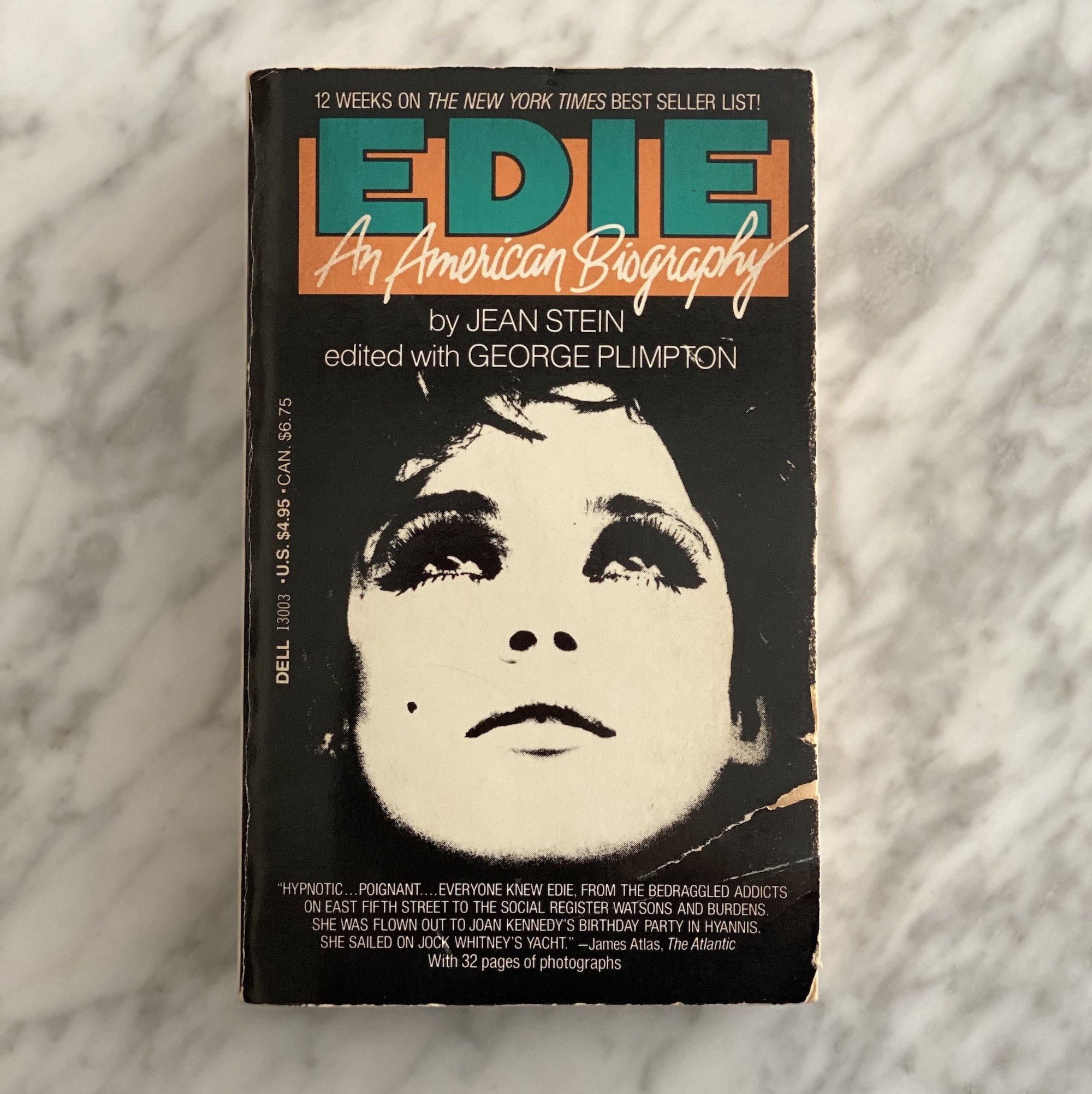CREATIVE NONFICTION
Several essays below appear in MOBILE HOME: A Memoir in Essays (University of Georgia Press, 2020), winner of the 2019 AWP Award Series in Creative Nonfiction and the 2021 Independent Book Publishers Award’s Gold Medal in Creative Nonfiction.
“Notes on Glamour, Edie, and Me” appears in River Teeth (Issue 25.1, Fall 2023).
“Do we outgrow the obsessions of our youth, or do they inevitably survive and re-emerge in different forms?” The opening line of this essay on my evolving view of Edie Sedgwick’s glamourous, tragic life, spanning from my teenage adoration of her to today—as I raise a teenager of my own.
“Notes on Glamour, Edie, and Me” is discussed on the Great New American Essays podcast by River Teeth editors Jill Christman and Mark Neely. Listen here.
“Matter” appears in in The Smart Set (July 2022).
An essay about Avalon: searching for the mythical island in France during the pandemic, how place feeds stories and how technology can deplete them, the connection between pointillism and pixels, Roxy Music and Marie de France, and the nature of art and pilgrimage.
“Matter” is cited as distinguished in Best American Essays 2023.
“This 5,000 Year Old House” appears in River Teeth (Fall issue, 2020).
Set in Scotland’s Orkney Islands, this travel essay explores the calling of places, the exotic remnants of prehistoric culture, architectures of the living and the dead, and the nature of creativity.
“This 5,000 Year Old House” is cited as distinguished in Best American Essays 2021.

“Likelers” appears in Hotel Amerika (2020).
An essay on suburbs and dreamscapes: Eichlers, Frank Lloyd Wright, The Grateful Dead, George Lucas, Jerry’s Daughter, and being a teenager in 1980s Marin County.

“Setting Stonehenge” appears in The Smart Set (2019).
An essay about traveling to the Stone Circle for one sunrise hour. Considers imaginary histories, breakthroughs in archaeology, the nature of technology, and how the search for meaning in the Stone Age and our Silicon Age compares.
A tale of three trailers—located in the Alaskan tundra, the Arabian desert, and a Colombian jungle—that I called home growing up. What part of home is mobile?
“Mobile Home” is cited as distinguished in Best American Essays 2019.

“Several Londons, 1977,” appeared in the Cincinnati Review (Summer 2018).
In 1977 London, Queen Elizabeth celebrated her Silver Jubilee, punk arrived on King’s Road, and I was a kid from California living in rented luxury addresses. A meditation on cultures and counter-cultures.

“A History of Nomadism” was published in Colorado Review (Spring 2018).
I moved seventeen times across four continents growing up. Here I explore the experience, history, and psychology of nomadism—in subjects ranging from Bedouin black tents to Bruce Chatwin to packing boxes.

“Spider Season” appeared in AGNI (Issue 85, Spring 2017).
An essay about arachnophobia. What do we create from our fears, and can it be beautiful? Web-spinning, Leonardo da Vinci’s architecture, octagons, superstition, and spider myths are among the subjects explored—as is the time I was bitten by the deadly brown recluse.
“Spider Season” is cited as distinguished in Best American Essays 2018.

“What Is Vanishing: Some Artifacts of Saudi Arabia and Manhattan,” appeared in Under the Sun (2017).
The incense route in Saudi Arabia I grew up near. My first year living in Lower Manhattan, when both the Five Points slum (aka Gangs of New York-land) and the African Burial Ground were unearthed. This essay considers the long views of archaeology seen up close.
“What Is Vanishing” was nominated by the editors for the Pushcart Prize.

“Motel Childhood” appeared in Superstition Review (2016).
On the time I lived in a motel as a kid. “Some places beckon for these kinds of disappearances, or present them as a dare…”
“Atlas of Bolton and Environs” appeared in Alaska Quarterly Review (Fall/Winter 2015).
In which I confront my father’s death via his favorite Monty Python bit, the Parrot Sketch. Also: Camus, the West Village’s street layout, and Ancient Greece.
“Atlas of Bolton and Environs” was nominated by the editors for the Pushcart Prize.

“Calling” appears in The Common (2015).
A travel memoir on the world’s largest matrilineal society, located in West Sumatra, Indonesia. Family-owned property and businesses are passed through female inheritance lines, yet the culture is strictly Muslim.





